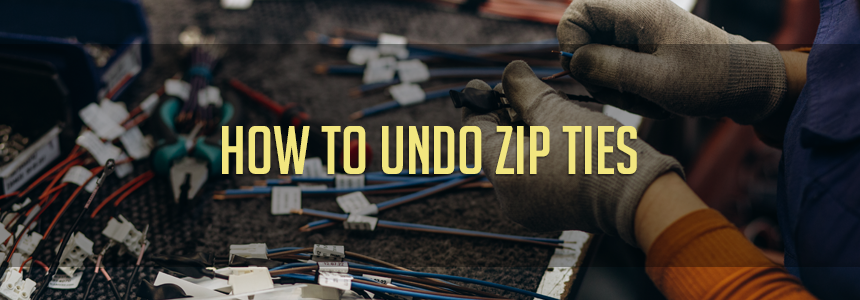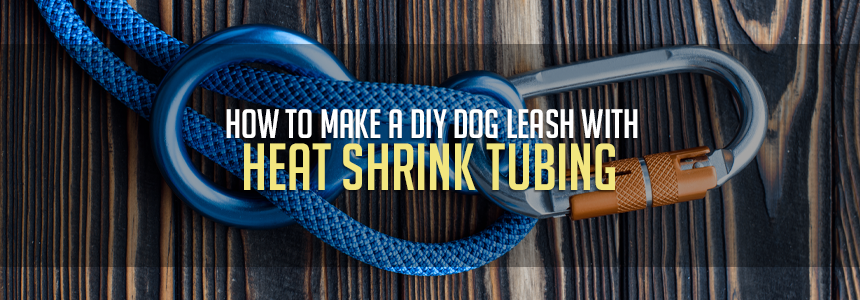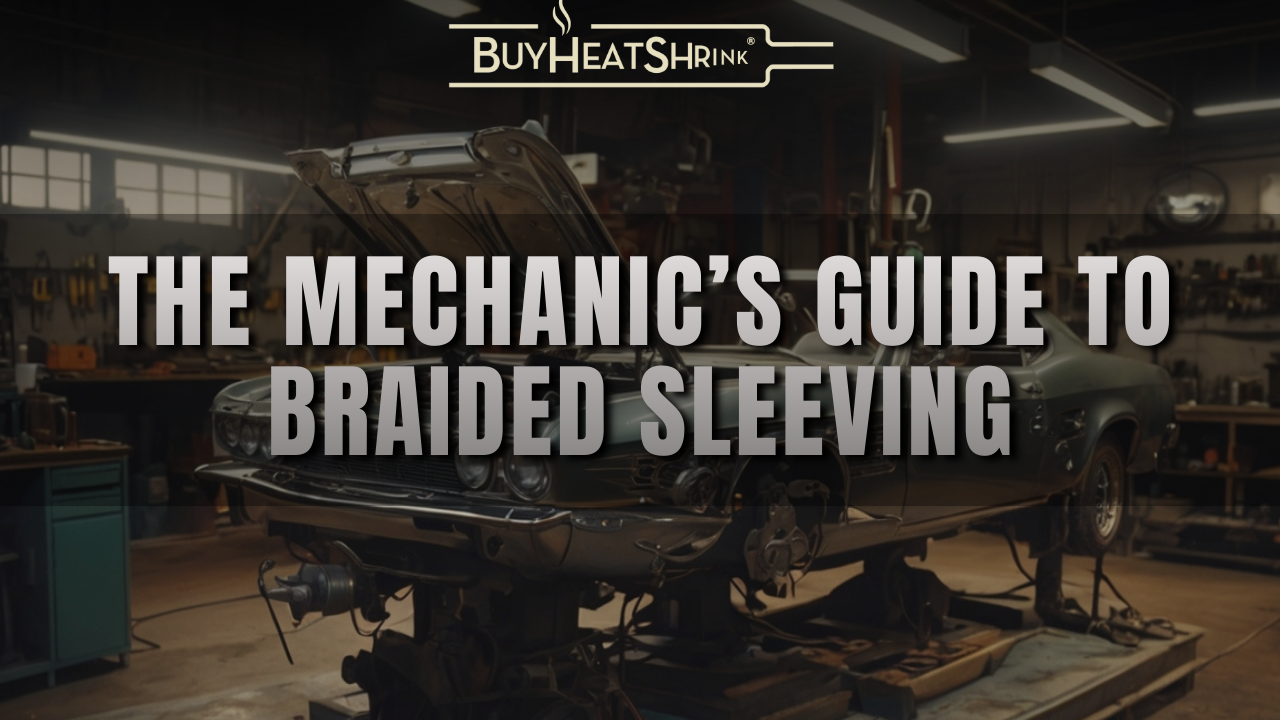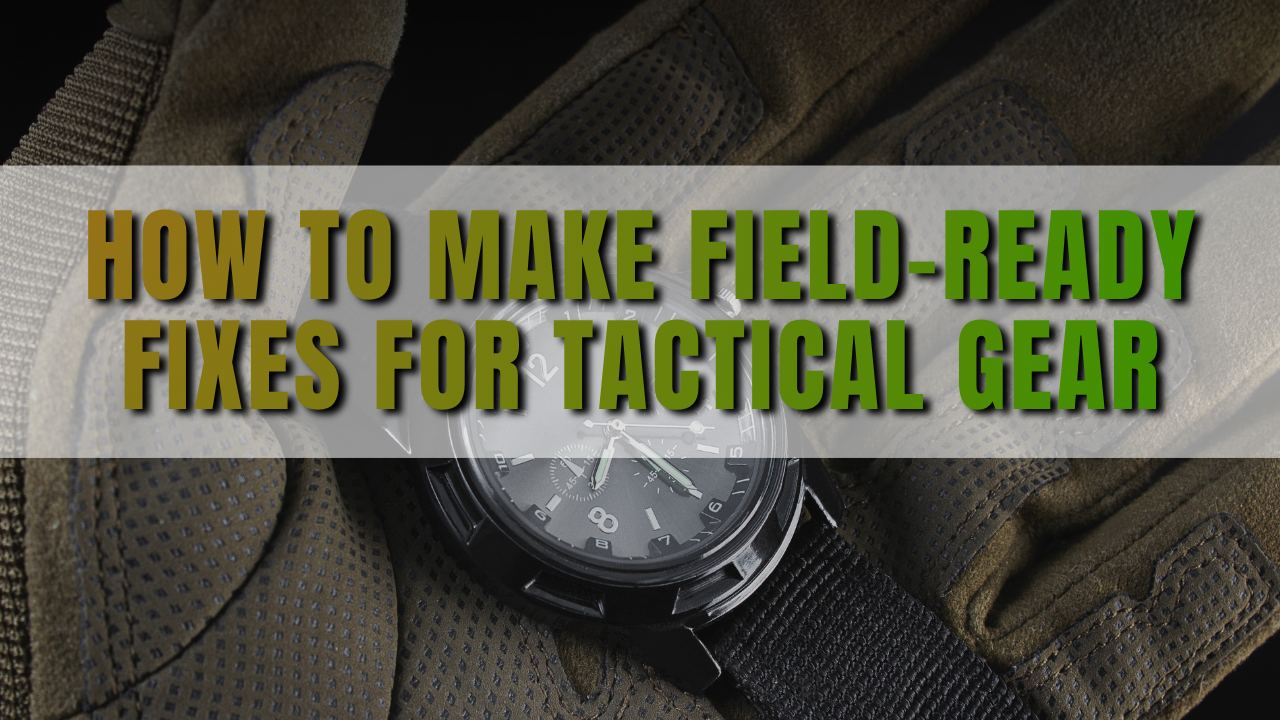How To Prevent Saltwater Corrosion With Heat Shrink
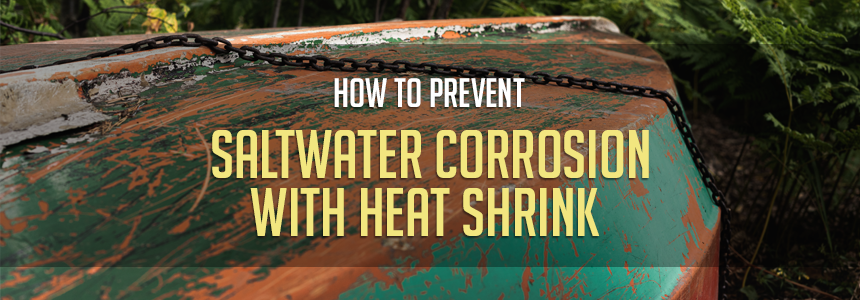
Owning a boat requires regular maintenance and upkeep to ensure your vessel stays in sea-worthy condition. Even minimalist skiffs and sailboats rely on electrical components for basic trolling and radio communication; small waves on a calm day kick up enough salt spray to lead to surface corrosion. Ignoring the elements is simply not an option as a boat owner.
Most marine craft and boats are built using an assortment of metallic components, from the engine to the deck hardware, including bronze, iron, aluminum copper and stainless steel. With water an ever-present factor in boating, as well as electricity running all your machinery, the opportunity for corrosion is extremely high—and costly.
Corrosion commonly occurs in brass hydraulic cylinders, aluminum brackets, brass fittings, stainless steel fasteners, bilge-pump, and float-switch connections. Even stainless steel is not impervious to corrosion, it simply takes longer. Special attention should be given to copper battery lugs, corrosion can penetrate into the attached battery cables and related wiring.
Your best bet is to insulate all electrical control panels, splices and fuses with Insulated Heat Shrink Adhesive to prevent saltwater intrusion. The benefits of heat shrink are many, not to mention the ease of use when working in the tight confines of marine engineering.
A GOOOD CONNECTION
A great place to begin is to ensure all connectors and terminals are sealed with Adhesive Lined Heat Shrink Tubing. This easy-to-install insulator prevents water from wicking on your connectors. Heat Shrink Terminals are readily available and have the same insulating properties as Polyolefin Heat Shrink Tubing.
Evaluate the condition of every connection joint and replace older terminals with a new heat shrink connector. After shrinking your new connectors in place, you have the option to apply a silicone-based sealant. This step is not necessary but may add a secondary layer of protection if desired.
...





